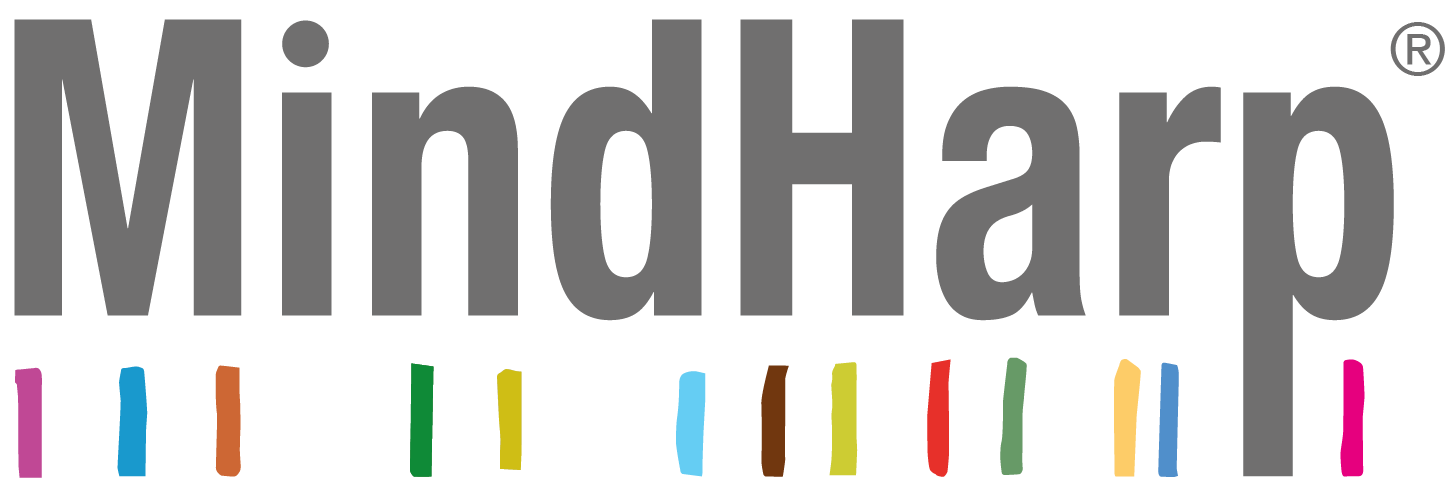Now is the time for office design to embrace mental wellbeing
Ergonomic design, quality recycled materials, air quality, colour, lighting …the experience of office workers has come a long way in the last 30 years. None of these things, however, directly address today’s central challenges of workplace wellbeing. Firstly, ‘workplace’ is a slippery concept. For many, it has no fixed abode. Secondly, the real wellbeing at work issues are psychological: stress, burn-out, anxiety, uncertainty and so on.
I recently spent 3 days at the Clerkenwell Design Festival, the UK’s leading annual event for office furniture and design. MindHarp was featuring in Obolife’s new Showroom as a ‘workplace wellbeing’ tool. Gary Helm and his team are very committed to the idea of workplace wellbeing and this is reflected in the brands he sells. Much to his credit, he saw the power of MindHarp and readily embraced the idea of incorporating MindHarp into this space. They get it. But this is not really how it is.
The word ‘wellbeing’ is bandied around a lot in this world of office design. What I discovered is that it tends to be associated with acoustics/sound design/sound dampening. It doesn’t connect with the definition of wellbeing that HR Directors, psychologists or practitioners (like us) understand. Successful future leaders and their businesses will depend on adopting human-centred mindsets and skills. This means accepting and understanding that creativity, productivity and commitment are nurtured by providing the kind of employer support practices that address the main underlying reasons for the real modern-day people challenges faced by businesses: ‘quiet-quitting’, isolation, low-resilience, lack of fulfilment and so on.
So how can office design help?
Imagine office spaces and meeting spaces that physically integrate spaces that promote and enhance psychological wellbeing alongside professional productivity. We know that interspersing intense working periods with alternative stimuli is vital. So, how about dedicated sensory spaces that enable people to re-stimulate the parts of the brain that are dormant in the cognitive-heavy (ie. frontal cortex-heavy) demands of their work? These spaces could use mindfulness activities, sound, touch and visual stimuli to proactively inspire, refresh and re-energise. Going further, these spaces could be used for predisposing teams to enhance their listening and communication skills and behaviours for better co-operation, collaboration and high-functioning teamwork.
The science and practices are all there to back this approach, so maybe now is the time to implement radical new ideas into work spaces. It will require, brand owners, office designers and practitioners to come together.
And why just ‘work’ spaces? Why not public spaces? Libraries, retail, hospitality, leisure…
We look forward to working with designers, architects, employers, builders, planners to create such spaces and experiences for a better world.
